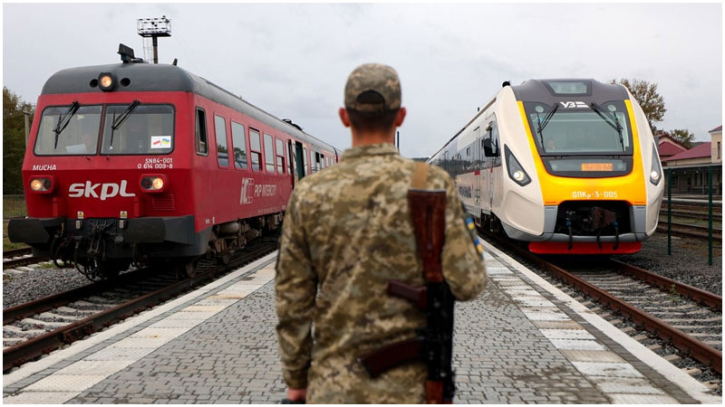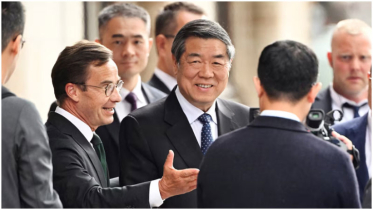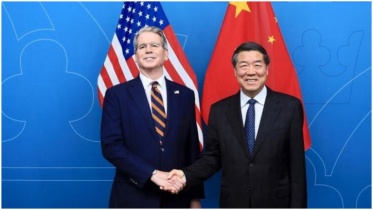Europe's rail-roads unfit for war with Russia

Europe’s roads, bridges and railways are unfit for moving tanks, troops and military supplies quickly across the continent in case of war with Russia, the EU’s transport chief has warned.
If NATO’s tanks were called to respond to an invasion by Moscow’s forces across the EU’s eastern border, they would get stuck in tunnels, cause bridges to collapse and get snarled up in border protocols, Apostolos Tzitzikostas told the Financial Times. He is aiming to spend €17bn on overhauling the continent’s infrastructure to boost military mobility.
“We have old bridges that need to be upgraded,” Tzitzikostas said. “We have narrow bridges that need to be widened. And we have nonexistent bridges to be built.”
The Greek commissioner said it would be impossible to defend the continent if Europe’s armies were not able to move around swiftly. “The reality today is that if we want to move military equipment and troops from the western side of Europe to the eastern side, it takes weeks and in some cases months,” he said.
Much of the existing infrastructure was not built with the idea of transporting armies across the bloc. Trucks on European roads generally weigh up to 40 tonnes, while a tank weighs up to 70 tonnes.
The bloc is now drawing up a strategy to ensure troops can move “in a matter of hours, maximum a matter of days” in response to an attack, by upgrading 500 infrastructure projects along four military corridors that sweep across the continent.
The projects, which were identified in conjunction with Nato and the alliance’s military commanders, are being kept confidential for security reasons.
Brussels would also reduce red tape to avoid “tanks being stuck in paperwork” when they crossed borders, Tzitzikostas said.
The strategy, which the transport chief will present later this year, is part of a wave of war preparations across the continent amid warnings of a possible broader confrontation with Moscow, and the planned-for reduction in the US security presence in Europe.
Mark Rutte, NATO secretary-general, warned the alliance’s members in June that Russia could attack one of them by 2030.
The EU is embarking on a rearmament plan of up to €800bn as it tries to become more self-sufficient in defence in response to demands from US President Donald Trump, and to deter Russian aggression as President Vladimir Putin’s full-scale invasion of Ukraine enters its fourth year.
While the European Commission said in its proposal for the bloc’s upcoming 2028-34 budget that it aimed to invest €17bn in military mobility, senior EU diplomats have warned that figure will probably be watered down in fraught negotiations between EU countries before the budget is adopted.
Tzitzikostas said the military mobility plan would complement the agreement by Nato allies to increase the defence spending target to 5 per cent of GDP, including 1.5 per cent for security and defence-related infrastructure.
“We cannot afford anymore not to be ready or be dependent,” Tzitzikostas said.
.png)




